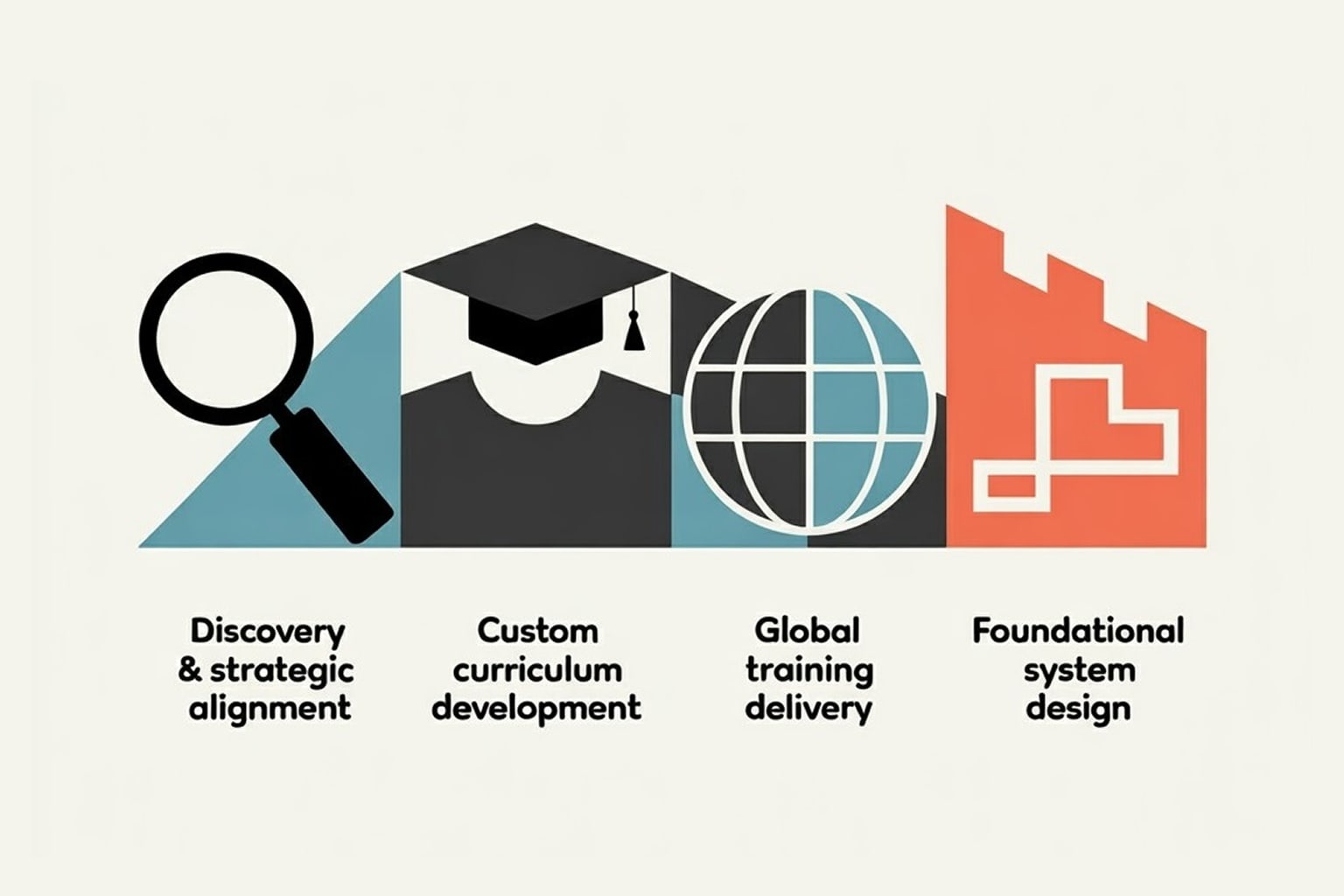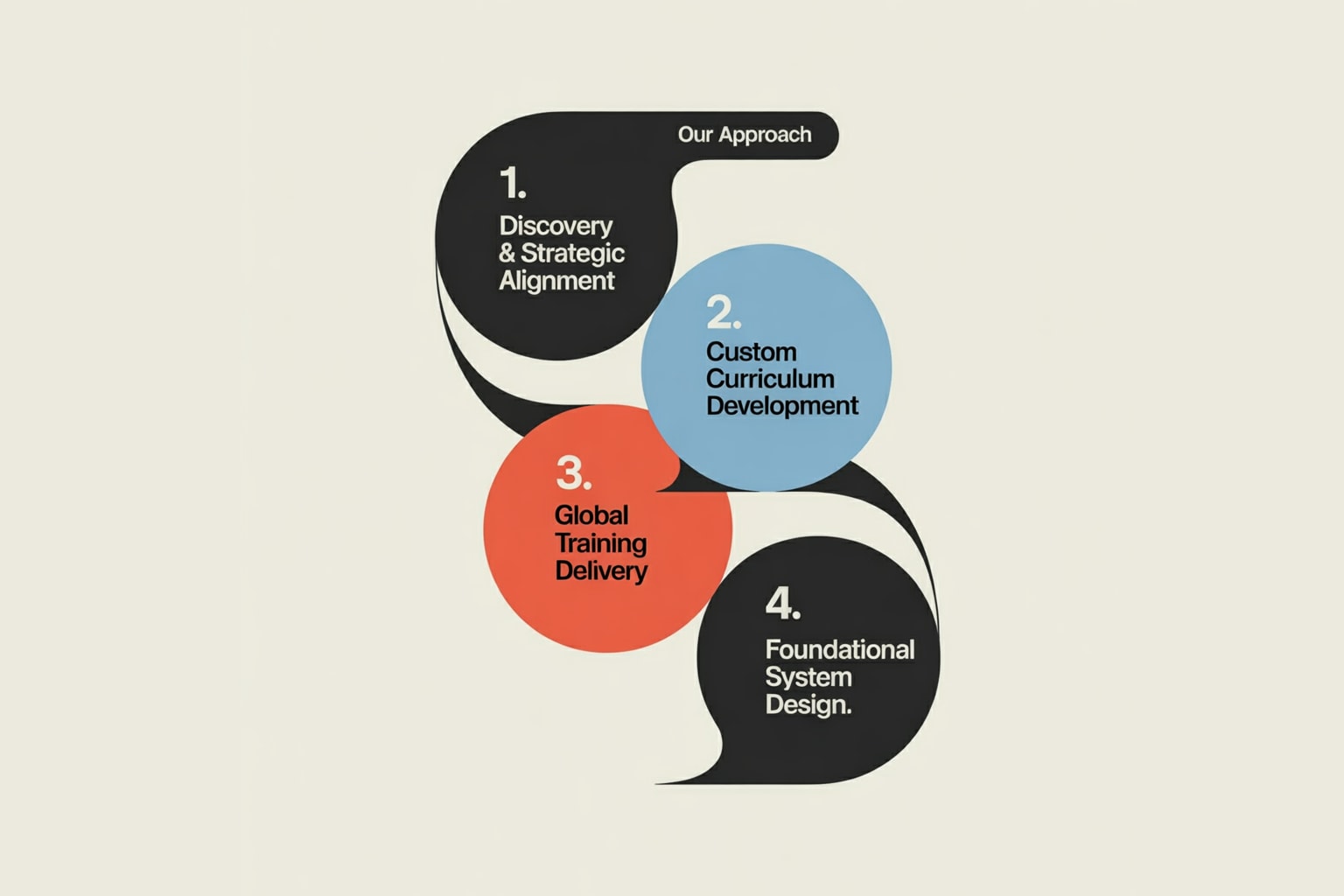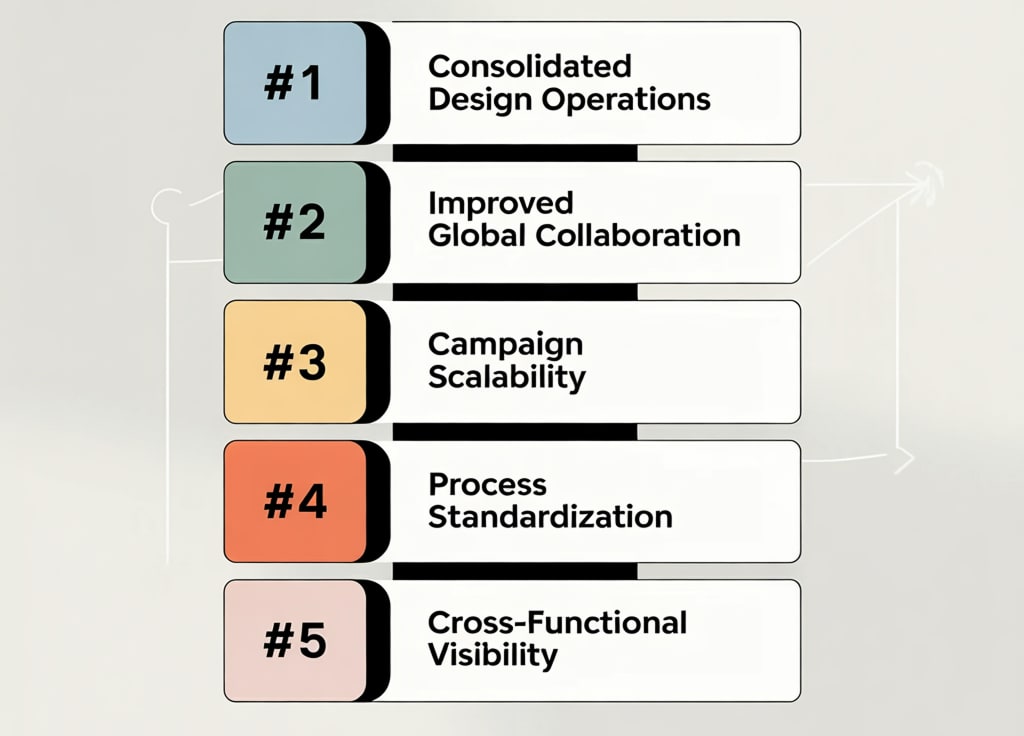
The North Face: Global Figma Training & Design Ops Transformation in 6 Weeks

Highlights
- Accelerated campaign delivery by consolidating ideation, design, and presentation into a unified Figma workflow, removing friction caused by siloed tools and fragmented processes.
- Enabled real-time global collaboration for distributed teams across time zones through shared Figma links and native commenting, eliminating access blocks and review bottlenecks that previously delayed campaigns
- Reduced deck creation time by standardizing dozens of regional templates into a cohesive design library with built-in regional customization.
- Achieved organizational adoption by facilitating change management for 35+ global team members, transforming fragmented workflows into unified processes.
We partnered with The North Face’s global and regional brand design teams to adopt and operationalize Figma across a highly distributed team. In just six weeks, we helped establish a Figma-based collaboration model, trained over 35 core design stakeholders, and built a reusable presentation design library to streamline global campaign delivery. This effort improved consistency, reduced review friction, and helped the client go from idea to execution in weeks instead of months.
Introduction
Like many global enterprises, The North Face faced challenges scaling design operations across distributed teams around the globe while maintaining brand consistency.
Their brand design organization, responsible for creative campaigns, retail assets, and marketing materials across the Americas, APAC, and EMEA, was faced with legacy workflows and practices that were different across regions, creating silos and risk of delays. The differences between time zone and asset access barriers only compounded the issues.
With a recent investment in Figma, the teams sought support in establishing clear operational governance and effectively integrating the Figma suite into their day-to-day design processes.
Our Approach

1. Discovery & Strategic Alignment
We began with a two-week discovery phase, auditing current workflows, interviews, and service blueprint mapping. Beyond tooling, we assessed organizational readiness and surfaced the operational challenges that would need to be addressed through structured change management, including role clarity, workflow visibility, and internal alignment across regional teams.
2. Custom Curriculum Development
We built a training program tailored to The North Face’s real-world workflows and challenges. Our focus extended beyond Figma tutorials; we demonstrated how to use the entire Figma suite as a unified platform. We used live campaign scenarios to show how planning, design, and review could all take place in one ecosystem. This enabled teams to adopt Figma not just as a design tool, but as a central platform for collaboration, decision-making, and operational alignment.
3. Global Training Delivery
Over two weeks, we delivered daily hands-on training sessions, accommodating timezones from San Francisco to China to Switzerland. This was followed by two weeks of open office hours for ongoing support and live problem-solving. To ensure long-term adoption, we used a train-the-trainer approach, identifying key internal champions and equipping them to sustain knowledge, coach peers, and lead Figma initiatives beyond the engagement.
4. Foundational System Design
In parallel to training delivery, we architected a flexible, reusable system for campaign decks, built around standardized layouts, styles, and modular design patterns for every campaign type. This enabled teams to produce consistent, on-brand materials more efficiently, while preserving creative autonomy. To support governance, we also defined clear roles and permissions, giving senior stakeholders visibility and review access without disrupting the creative workflow.
Results

Consolidated Design Operations: Transformed their complex campaign delivery process into an integrated Figma workflow where campaign planning occurs in FigJam, design work happens in Figma core, and presentations are delivered through Figma Slides to improve asset consistency and operational efficiency.
Improved Global Collaboration: Native Figma collaboration enabled stakeholders to provide direct feedback within design files, eliminating review bottlenecks amplified by various tools and global time zone differences.
Campaign Scalability: Created a presentation design library covering all campaign types, enabling consistent brand presentation while supporting diverse market requirements.
Process Standardization: Established governance frameworks for design file organization, stakeholder permissions, and streamlined review workflows.
Cross-Functional Visibility: Enabled senior stakeholders to gain insight into creative processes without disrupting day-to-day operations
Conclusion
Strategic design operations transformation goes beyond tool training to address fundamental collaboration and process challenges. For The North Face, Figma adoption became the catalyst for establishing scalable design governance, eliminating operational silos, and creating the infrastructure for consistent global brand delivery.
This positions The North Face to ship campaigns to markets more quickly maintaining brand integrity across global regions. Most importantly, the organization now has both the tools and processes to scale their design operations as business demands continue to evolve, with internal teams equipped to sustain and extend these capabilities independently.